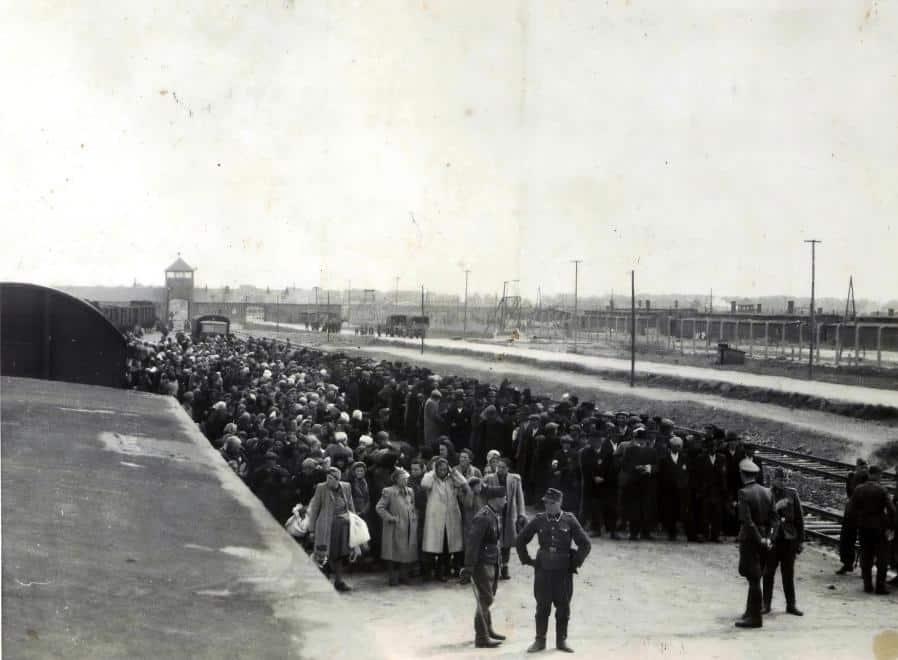Polish refugees in Hungary during WWII
WWII broke out 80 years ago on 1st September 1939. Nazi Germany attacked Poland without any declaration of war and conquered it in two weeks with Soviet help. Poland was violently crushed by the German Blitzkrieg (lightning war) and stabbed in the back in the end by Soviet forces without any chance to successfully defend itself. But even in those grave historical times, Poles knew they could count on their Hungarian brothers.
The first Polish refugees crossed the Hungarian border on 10th September 1939 in Transcarpathia. On 17th September, Hungarian and Polish delegations started negotiations in Budapest and on the next day the Hungarian government officially opened the borders in front of the Polish refugees. On 24th September, Edward Rýdz-Smygly, Commander in Chief of the Polish Army ordered the remaining Polish forces still in combat, to retreat and flee to Hungary.
The situation for Hungary was a little bit hazardous. Officially, the country was allied with Germany as a member of the AXIS powers. Hitler wanted to use the Hungarian territories in the North, to initiate his attack against Southern-Poland from there.
Under the governorship of Miklós Horthy, the Hungarian government, led by Pál Teleki, firmly refused the request and was determined not to assist the invasion of Poland in any form.
Many civil associations and commissions were formed immediately to help the refugees (to provide them food, accommodation etc.) the Polish Embassy in Budapest, did not seize to exist until January 1941 – meanwhile, the German Embassy of Budapest kept protesting against it.

Photo: fortepan.hu
50-55000 Polish refugees arrived in Hungary during the Autumn of 1939 – 4000 of them were of Jewish origin. Approximately 20000 of them could leave the country and join the reorganised Western Polish army led by General Wladyslaw Sikorski. Those who stayed could live in peace with financial support from the state until the German occupation of Hungary that may have been fostered by the Anglo-Saxon Powers’ intelligence as well. They could go to 30 different Polish ethnic elementary schools, and there was a middle school for them, in Balatonboglár. 500 Polish students could continue their studies in higher education.
In Zamárdi there were a secret military headquarters that supported the Armija Krajowa (resistance organisation for Polish independency) financially and with munition, personnel etc.

Photo: fortepan.hu
On 19th March 1944, Hungary was occupied by German forces to ensure the Hungarian army stays at war and to organise the defence of the region against the Soviet invasion – from which the country suffered a lot. The puppet government of Döme Szójay served the German occupants and their leader, Edmund Veesenmayer. The Szójay government started the concentration of Polish men into internment camps and created their central command – to use them in the war. Governor Horthy placed it under the authority of the International Red Cross, to protect the Polish from being sent to the front. After the Nazi Szálasi government of Hungary took control with the Arrow Cross Party (16th October 1944), the authority was given to the German military forces, and only civil help could be provided to the Polish citizens after their deportation to concentration camps started. The first groups of Polish refugees began to move back home from Hungary in April 1945.





